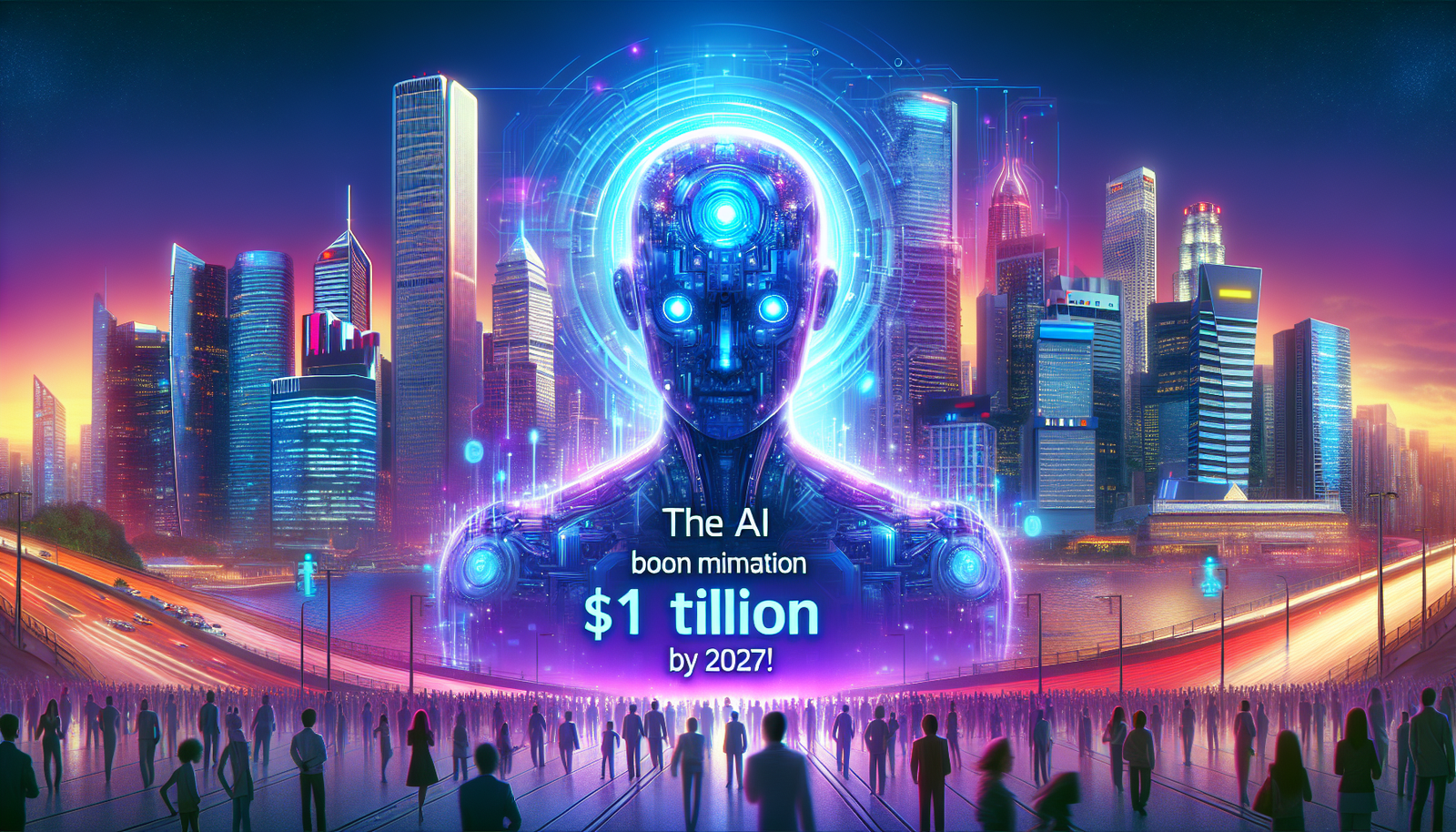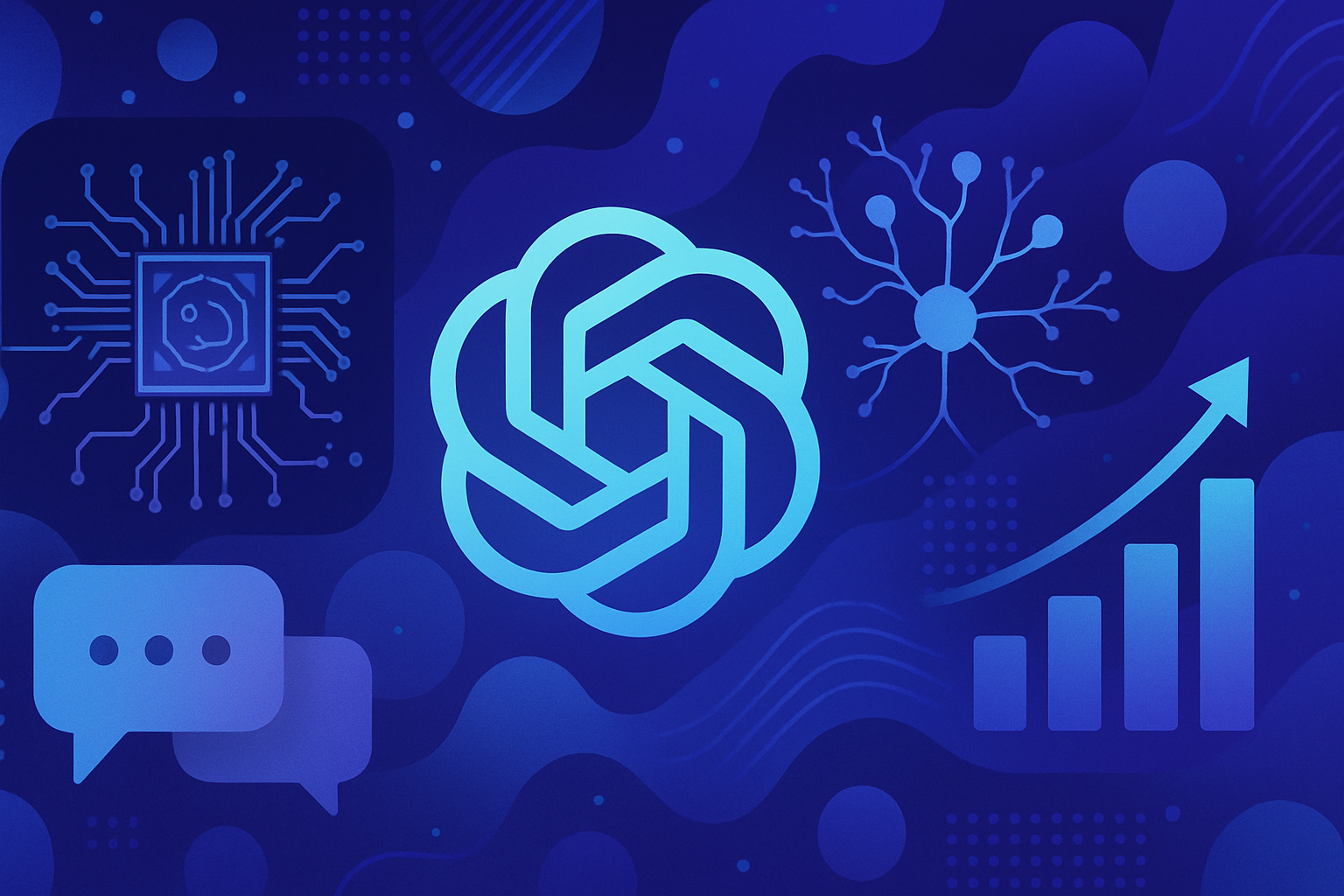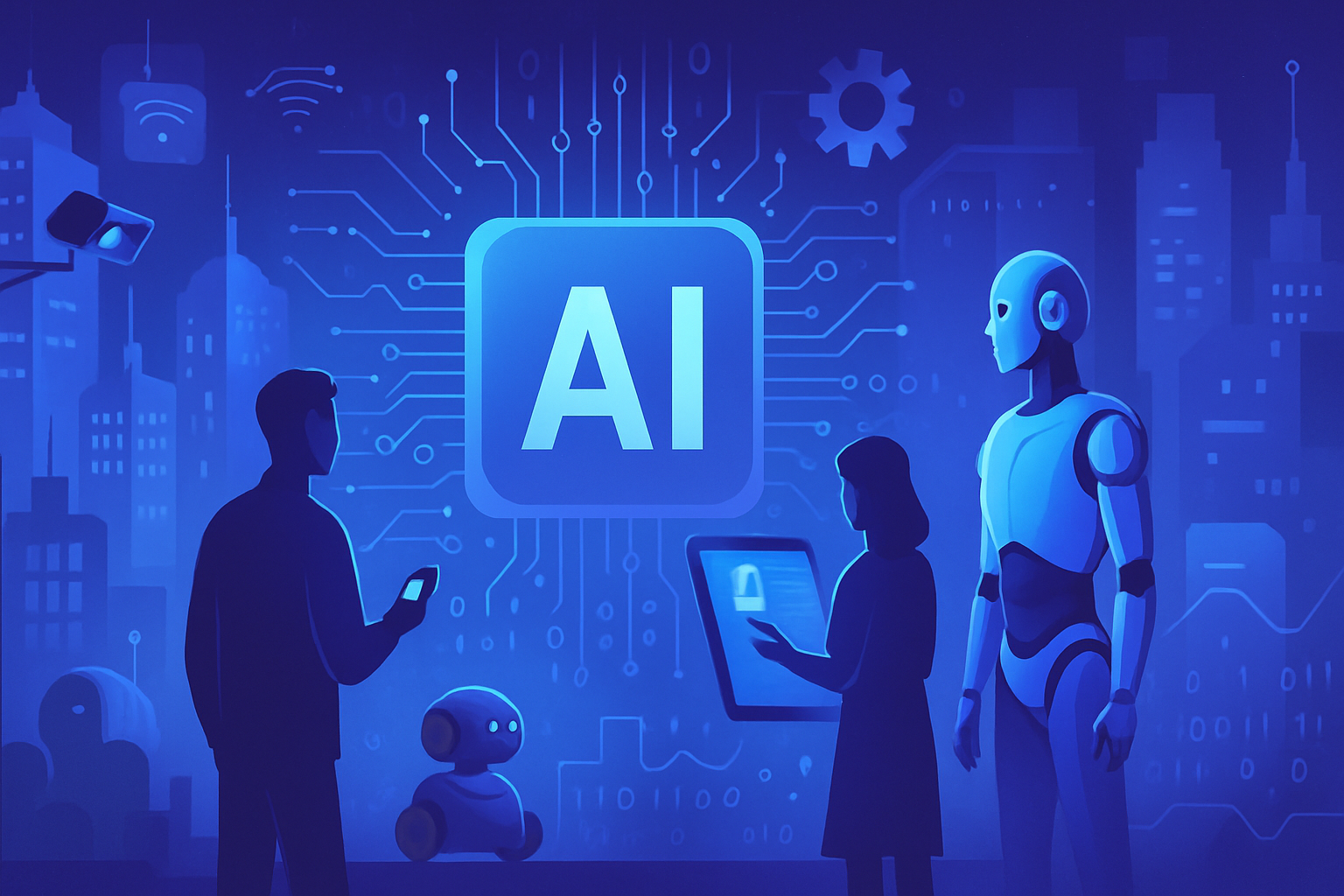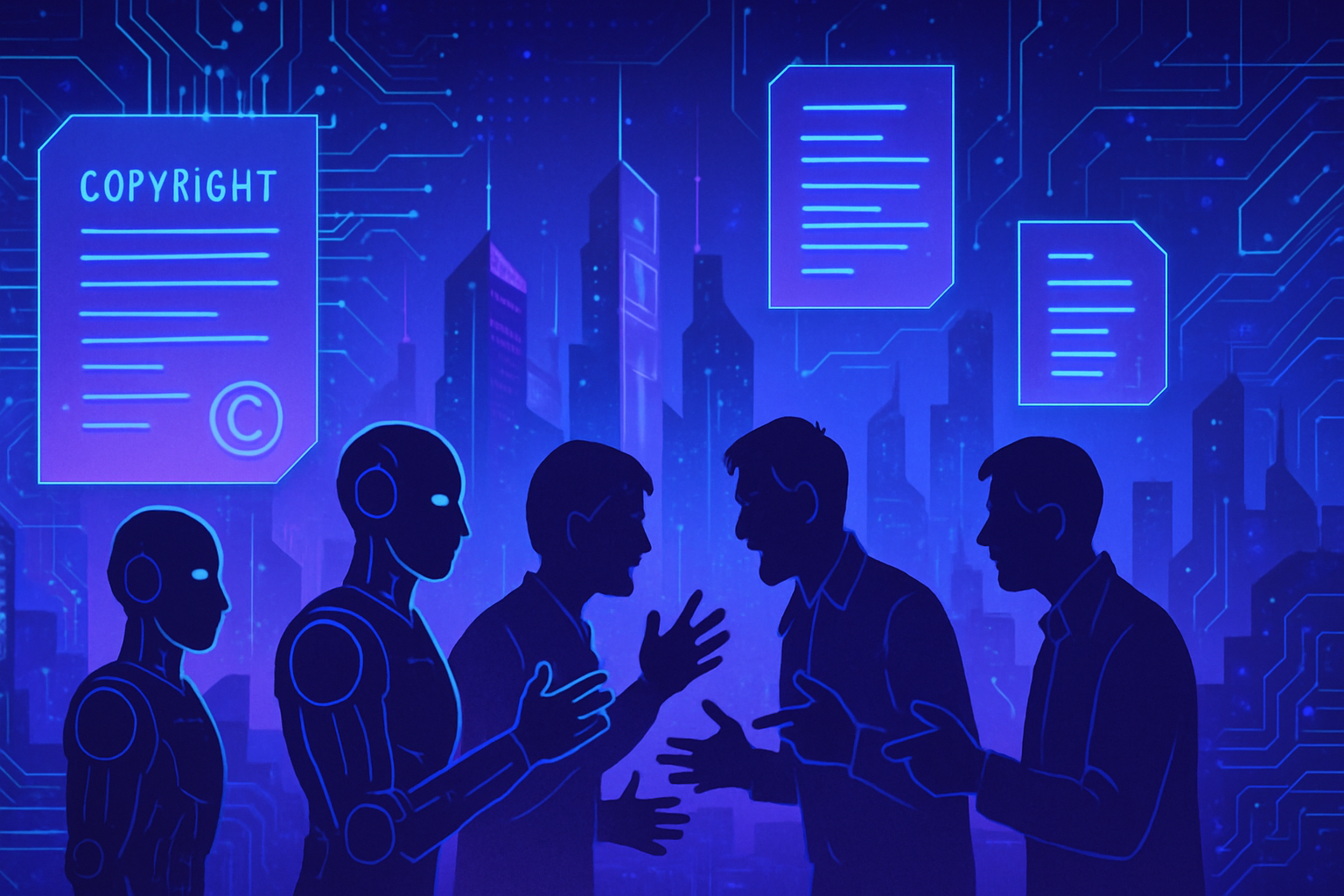A rapid growth of the artificial intelligence market is expected in the coming years. When it reaches a projected value of 1000 billion dollars by 2027, the sector no longer just polarizes debates, but mainly redefines the dimensions of the global economy. This explosive expansion reflects an unprecedented enthusiasm for innovative technologies, leading to vast economic and social implications. Generative AI, in particular, is positioning itself as an essential player, generating colossal investments and unprecedented creativity. These developments, both driven and fascinating, fundamentally transform industrial dynamics, thus redefining the boundaries of the collective imagination.
Rapid growth of the artificial intelligence market
The artificial intelligence sector is experiencing a spectacular growth that leaves no room for doubt. According to expert forecasts, this market could reach a valuation of nearly 1000 billion dollars by 2027, a considerable leap from the 185 billion dollars estimated in 2023. Such an ascent illustrates the growing enthusiasm for AI-related solutions, which manifests through massive investments.
The engines of this expansion
Several factors are driving this expansion. The enthusiasm for GenAI solutions constitutes one of the main engines, with a projected annual growth of between 40 and 55%. Companies are turning to these technologies to optimize their processes and improve their efficiency.
At the same time, the adoption of generative AI technologies is proving to be rapid, with a market expected to reach 100 billion dollars as early as 2028. The diversity of applications, ranging from content creation to customer assistance, promotes continuous and sustainable development.
The rise of AI technology users
By 2027, the number of users of artificial intelligence technologies is expected to reach an impressive half a billion worldwide. This trend reflects the growing enthusiasm of consumers and businesses, allowing AI to infiltrate all sectors of activity.
Companies are beginning to realize the importance of integrating these tools to remain competitive. AI applications, such as chatbots and recommendation systems, are becoming indispensable elements in today’s business landscape.
The upcoming challenges
In light of this rise, challenges remain. The governance and regulation of artificial intelligence must be rethought. Political bodies and regulators must find a balance between innovation and the protection of user data. Regulation in Europe emerges as a major issue, as it must accompany growth while preserving fundamental rights.
Specialists are concerned about the potential risks associated with unregulated use of AI. Dangers, such as misinformation and privacy violations, require particular attention from governments and businesses.
Implicit conclusion on the future of AI
Annual spending on artificial intelligence is expected to exceed 30 billion dollars by 2027 in Europe, according to IDC. The need to invest in innovation and technological development is increasingly pressing.
Industry players must continue to innovate while ensuring close collaboration with regulators. The world of AI promises to be rich in opportunities and challenges. This rapidly changing ecosystem will inevitably shape the economic and social future.
Artificial intelligence is not limited to just a technological phenomenon; it is becoming an essential pillar of modern society. Each advancement opens new perspectives, both for creators and users of these technologies.
Frequently asked questions about the boom in the artificial intelligence sector
What is the revenue target for the artificial intelligence market by 2027?
The artificial intelligence market aims for an impressive revenue of nearly 1000 billion dollars by 2027.
What are the main drivers of growth in the artificial intelligence market?
The main growth drivers include increased investments in AI technologies, the growing adoption of AI solutions across various sectors, and rapid advancements in research and development.
How do generative AI solutions contribute to this growth?
Generative AI solutions are expected to represent a market of about 100 billion dollars by 2028 alone, demonstrating a more than 10-fold increase in their usage.
Which sectors will benefit the most from the rise of artificial intelligence?
Sectors such as healthcare, finance, transportation, and industry will be among the first to benefit from the integration of artificial intelligence technologies.
What will be the significance of the number of AI users in the future?
By 2027, it is expected that the number of users of artificial intelligence technologies will reach an incredible half a billion, highlighting the widespread adoption of these tools.
How will AI-related spending evolve in the coming years?
Spending on AI solutions is estimated to grow between 40 and 55% per year, reflecting the growing enthusiasm for the implementation of AI across various fields.
What are the consequences of this explosion of the AI market on employment?
While artificial intelligence may threaten certain jobs, it also creates new opportunities and roles, emphasizing the need for training and adaptations in the workforce.
What role do technology companies play in this growth?
Companies like Nvidia and OpenAI play a crucial role in the development of advanced AI systems, driving innovation and attracting investments in the sector.
Are there ethical concerns related to the expansion of AI?
Yes, concerns regarding regulation, data protection, and the social impact of AI are important topics of debate as the market continues to grow.
What recommendations are made for safe adoption of AI?
It is recommended to establish clear guidelines and regulations to ensure ethical and responsible adoption of artificial intelligence while fostering innovation.




